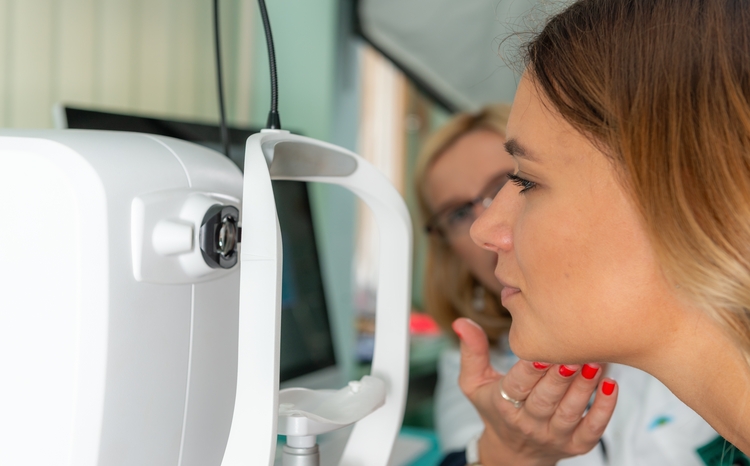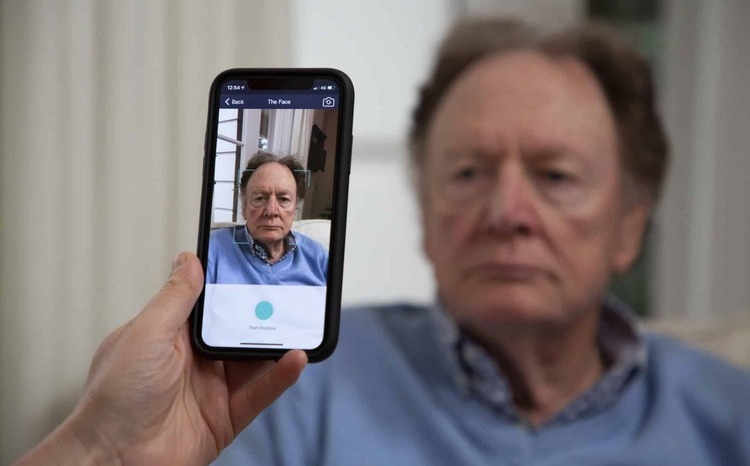EHI interview: Tim Kelsey
- 24 October 2013

NHS England’s director of patients and information is never one to think small, and Tim Kelsey has big hopes for the Safer Hospitals, Safer Wards: Technology Fund.
He argues that the fund – two rounds of money from the government, plus matching funding from trusts that will amount to £1 billion over three years – is an "unparalleled amount of money for the stimulation of new market opportunities in relation to safe digital record-keeping.”
"I’m really hoping it will trigger a mini industrial revolution," he adds, pointing out that in the US there are 3,000 certificated vendors for the country’s e-records programme.
Funding a revolution
The fund was first announced by health secretary Jeremy Hunt in May, when the Department of Health presented it as £260m for mainly e-prescribing initiatives.
In guidance issued at the start of July, NHS England indicated that it would be looking for NHS Number, e-prescribing, scheduling and information sharing projects, building towards an integrated digital care records service, more details of which are due in December.
A second tranche of £250m of tech fund money was announced in September, once the first round of bidding was under-way. All the indications are that the first round has been significantly over-subscribed, with trusts putting in for a very wide range of projects.
The successful bidders will be announced around the time of EHI Live 2013, at which Kelsey is a keynote speaker. A second round will follow, so he stresses that there is still time for both trusts and suppliers to secure funding for innovative ideas.
"I am sure many of the bidders will have already engaged with vendors of different sorts, but I would still suggest to people that it’s well worth going around the trusts and embedding their offers,” he says.
"We want to encourage as many people as possible to start building their offers for the NHS, so it’s a bit of a call to action really; it’s a real moment for entrepreneurs to take advantage.”
Kelsey explains that the emphasis of the fund is not on end-to-end provision of records, but on "trying to challenge local health providers to develop clinically led and designed programmes that will carry with them long-term clinical support.”
Big opportunities
Kelsey is a journalist by background, and was involved in the creation of Dr Foster, which publishes the annual Hospital Guide and provides data and benchmarking services to the NHS.
He was briefly the government’s transparency tsar, and in his role at NHS England has evangelised for patient access to information, including healthcare records, and new digital services.
While the technology fund is not designed for trusts that want to run projects giving patients access to their health data, Kelsey continues to believe that this will be a major area for growth.
Products and services that can act as the “front door” for trusts and other health and social organisations are, therefore, going to be in demand.
There is also likely to be “considerable growth” in cloud-based environments that enable patients to act as their own data-controllers; collecting and sharing information with the health and social care system they come into contact with.
To promote both interoperability and the success of these new services, Kelsey wants to get across the message that trusts and their suppliers must use the NHS Number as their primary identifier.
“I won’t be able to support suppliers who aren’t making the NHS Number their primary identifier, and I’m afraid we won’t be able to fund trusts that go with providers that don’t do that,” he says.
“The whole essence of this is to promote interoperability. So for those who are willing to meet that standard there’s a big opportunity for building personal records and safe environments which travel between health and social care."
How much of the government’s recently announced £3.8 billion Integrated Care Fund might go towards these kinds of projects is unknown, but Kelsey says that data sharing is a priority for everybody; and the fund is another pot of government money that comes with the use of the NHS Number as a key requirement.
Unleashing the power of people
NHS England is due to release an NHS technology strategy for the next decade – called ‘Unleashing the Power of People’ – this December.
Kelsey suggests that it will help to address some of the big challenges facing the NHS; such as the financial pressure being put on it by a combination of flat funding and rising demand.
The NHS has been asked, since 2008, to deliver on the so-called ‘Nicholson Challenge’ to bridge this gap using quality, innovation, productivity and prevention initiatives, to stop it growing to as much as £30 billion by 2020.
However, while the NHS is more or less on track at the moment, it has yet to start making some of the fundamental changes to the way it works that most policy experts think will be necessary.
NHS England is trying to lead a public debate on what the NHS might look like on the other side. But Kelsey clearly believes it will be one in which both the NHS and patients substitute technology for a good many traditional services.
"If we believe that there’s a pretty strong likelihood that the consumer of health care is a very substantial part of the solution to the sustainability of health and care, and if we believe that enabling the patient to take more control themselves of their health and care will not only improve outcomes for those patients but the quality of the experience they have, and if we believe that it will also drive labour productivity in the NHS, then we must try every tactic to get to that point as quickly as possible," he says.
Activating all players
The first tactic is ‘supplier-side incentivisation’, partly through the technology fund, to help patients get their patients engaged with them. The second is to support the commissioning community to do the same thing.
"This is very much about the commissioning community being the advocates for patients, and to do that they need to be able to demonstrate that they are listening; that they have real-time customer insight and transparency," he says.
The final piece of this approach involves ‘activating the citizen’. The Patient Online programme, which aims to give all patients online access to their primary care record and electronic communication with their GP by March 2015, is a mixture of one and three.
Its first step is to encourage GPs to switch on the part of their systems that enables patients to access their records; and to encourage patients to access those records and other services online.
NHS England also has a health literacy programme to reach the 15% of people who have never used the internet, which aims to train 50,000 people to access health services online by April next year.
While initial interest is stronger in the transactional services associated with online GP access, Kelsey says people should not underestimate the potential interest in patients accessing their own records.
He draws parallels with the airline industry, saying that when it first introduced e-booking it had to push it hard because consumers did not show much interest. Soon, however, people started demanding more as they reaped the benefits, and demand for booking became consumer-led.
"I can assure you for certain that online patient record access will be what happens by March 2015, but it will be on a reasonable basis," he says."I don’t think you are going to get, in the first phase, online access to your records going back to childhood."
Calling all innovators
Kelsey is also a fan of the Blue Button functionality in the US, which enables people to download a copy of their medical record. He says this has become a social movement and "people love it.”
The Blue Button initiative is being introduced in the UK. Kelsey explains that online access to GP records is the first step, but people will eventually be able to download a full, linked record of their journey through both health and social care.
This depends on the successful implementation of the care.data initiative, which will regularly extract and link a new GP dataset to an expanded Hospital Episode Statistics dataset, as well as information from other areas such as community and social care.
Kelsey says this should be available as an Excel spreadsheet, an actual medical record, or a theograph (plot from the new Care Episodes Statistics) and that Blue Button companies in the US are "very excited" about the programme here in the UK.
However, the government is keen to promote English innovation, and Kelsey says NHS England is trying to encourage entrepreneurs to spot the emerging opportunities in the changing landscape of health and social care. "This is really intended to be a market opportunity for innovators of all sorts," he says.
Tim Kelsey, NHS England’s director of patients and information, will be one of the keynote speakers at EHI Live 2013, where he will be presenting in Theatre A from 3.30pm to 4pm on the first day of the show, Tuesday, 5 November.
EHI Live 2013 is more than a meeting, more than an exhibition. For anyone involved in the use of information in healthcare it’s a golden opportunity to update knowledge, get answers to questions, meet the experts and think about the future. This year’s conference is free for all visitors to attend.




